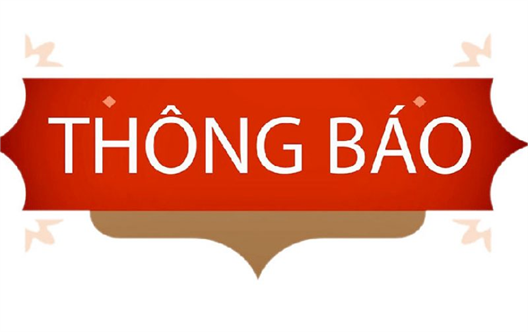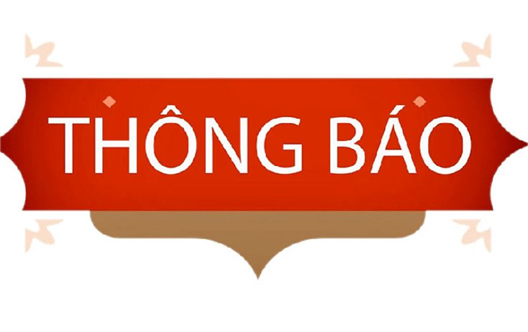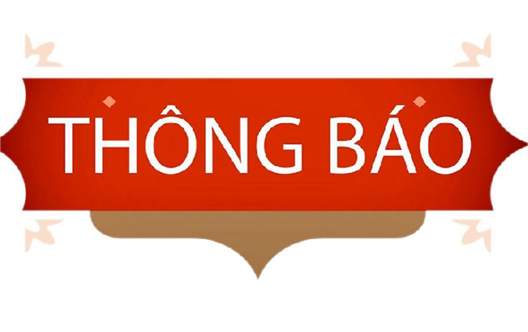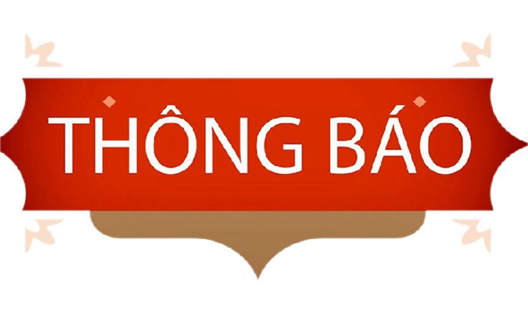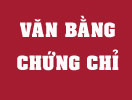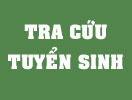Thông tin luận án
Ngày 18-05-2020
Trang thông tin luận án của NCS Nguyễn Thị Thu Huyền
TRANG THÔNG TIN LUẬN ÁN TIẾN SĨ
Tên đề tài luận án tiến sĩ: "Một số phương pháp giải bài toán chấp nhận tách suy rộng liên quan đến bài toán cân bằng"
Ngành: Toán Giải tích
Mã số: 9460102
Họ và tên NCS: Nguyễn Thị Thanh Huyền
Người hướng dẫn khoa học: GS.TSKH. Lê Dũng Mưu
Cơ sở đào tạo: Trường Đại học Sư phạm - Đại học Thái Nguyên
NHỮNG KẾT QUẢ MỚI CỦA LUẬN ÁN
Luận án đạt được các kết quả sau:
Đề xuất được một thuật toán chiếu kết hợp phép lặp Mann-Krasnoselskii giải bài toán chấp nhận tách liên quan đến bài toán cân bằng và bài toán tối ưu. Chúng tôi thu được sự hội tụ cho thuật toán khi bài toán có nghiệm và cũng đã chỉ ra một ví dụ cho thấy thuật toán không hội tụ khi bài toán không có nghiệm. Đã thiết lập một mô hình sản xuất điện với phí môi trường thấp nhất; Giải số mô hình này bằng chương trình Matlab theo thuật toán đã đề xuất.
Đề xuất một thuật toán dưới đạo hàm giải bài toán chấp nhận tách với toán tử chuyển là tựa tuyến tính và chứng minh sự hội tụ của nó. Thuật toán được áp dụng cho một mô hình Nash – Cournot có ràng buộc chung. Đã dùng để tính thử nghiệm trên nhiều số liệu khác nhau được tạo ngẫu nhiên, cho việc giải một mô hình cân bằng trong sản xuất điện thỏa mãn các điều kiện về tỉ lệ của các loại điện. Thử nghiệm cho thấy, trên mô hình này, cách tiếp cận trực tiếp của chúng tôi cho kết quả tốt hơn về mặt thời gian tính toán, so với một thuật toán thường được dùng của P. Santos và S. Scheimberg (2017).
CÁC ỨNG DỤNG, KHẢ NĂNG ỨNG DỤNG TRONG THỰC TIỄN
HOẶC NHỮNG VẤN ĐỀ CÒN BỎ NGỎ CẦN TIẾP TỤC NGHIÊN CỨU
1. Các ứng dụng, khả năng ứng dụng trong thực tiễn
Bài toán chấp nhận tách được giới thiệu cho mô hình bài toán ngược và được ứng dụng cho bài toán phục hồi và tái tạo hình ảnh y tế. Gần đây, bài toán này còn được ứng dụng trong mô hình điều khiển cường độ xạ trị trong điều trị ung thư. Bài toán chấp nhận tách còn được ứng dụng trong một số lĩnh vực khoa học và kĩ thuật. Việc nghiên cứu bài toán chấp nhận tách với cá tập chấp nhận được cho không tường minh như tập nghiệm của bài toán cân bằng, bài toán tối ưu và/hoặc khi toán tử chuyển không là toán tử tuyến tính cho ta một cái nhìn tổng quát hơn về bài toán này trong lý thuyết tối ưu và cân bằng.
2. Những vấn đề còn bỏ ngỏ cần tiếp tục nghiên cứu
Nhiều vấn đề mở trong hướng này đang cần được nghiên cứu. Trước mắt chúng tôi quan tâm đến hai vấn đề sau, liên quan trực tiếp với các kết quả chúng tôi đã thu được:
- Nghiên cứu bài toán tìm phần tử có chuẩn nhỏ nhất trên tập nghiệm của bài toán chấp nhận tách trong Chương 2 với hi vọng có thể thay thế giả thiết para-đơn điệu của song hàm bởi các lớp song hàm đơn điệu rộng hơn.
- Nghiên cứu thuật toán giải bài toán chấp nhận tách với toán tử chuyển là phi tuyến, thậm chí không nhất thiết tựa tuyến tính, và khảo sát sự hội tụ của nó.
INFORMATION OF DOCTORAL DISSERTATION
Dissertation title: "Some methods for solving generalized split feasibility problems involving equilibrium problems"
Specialty: Mathematical Analysis
Code: 9460102
PhD. Candidate: Nguyen Thi Thanh Huyen
Supervisor: Prof. Dr.Sc. Le Dung Muu
Training Institute: University of Education – Thai Nguyen University
NEW SCIENTIFIC FINDINGS OF THE DISSERTATION
The thesis presents the following new results:
1. We propose a projection algorithm combaing with the Mann-Krasnoselskii iteration to solve the split feasibility problem involving the equilibrium problem and the convex optimization problem. We prove the convergence for the algorithm when the problem admits a solution, we also give an counter example showing that the convergence is fail when the problem has nonsolution. In addition, an model in the electricity production with minimal environmental cost is investigated; By using the obtained algorithm, we solved this model by a Matlab program.
2. We develop a subgradient algorithm for the nonlinear split feasibility problem with the transfer operator is quasilinear, and prove its convergence. The algorithm then is applied to a Nash-Cournot model with joint constraints. A model in the electricity production that satisfies certain conditions on the ratio of electricity types are investigated. The model has been solved by the algorithm on various randomly generated data. The obtained computational results show that the algorithm, for this model, is better in the computational time as comparing with the commonly used algorithm of P. Santos and S. Scheimberg (2017).
APPLICATIONS IN PRACTICE
AND RECOMMENDATIONS FOR FURTHER STUDIES
1. Practical applications of the research results
The split feasibility problem was introduced for modeling inverse problems, and was applied to the retrievals and in medical image reconstruction problems. Recently, it is found that the split feasibility problem can also be used to a model in the intensity modulated radiation therapy in cancer treatment. It has also several applications in various fields of science and technology. Studing the generalized split feasibility problems with the feasible sets are given implicitly as the solution set of an equilibrium problem, an optimization problem and/or when the transfer operator is not linear gives us a more general view with wide applications in optimal theory and equilibria.
2. Recommendations for further studies
There are many open questions for the split feasibility problem, but first, we are interest in the following problems that closeley related to our obtained results:
- Study the problem of finding the minimum-norm element on the solution set of the split feasibility problem in Chapter 2 with the hope that one could replace the para-monotone hypothesis by generalized monotonicity properties.
- Develop efficient algorithms to solve the split feasibility problems, where the transform operator may be nonlinear, even not necessarily quasilinear.
Nguồn: Trường Đại học Sư phạm - Đại học Thái Nguyên.
